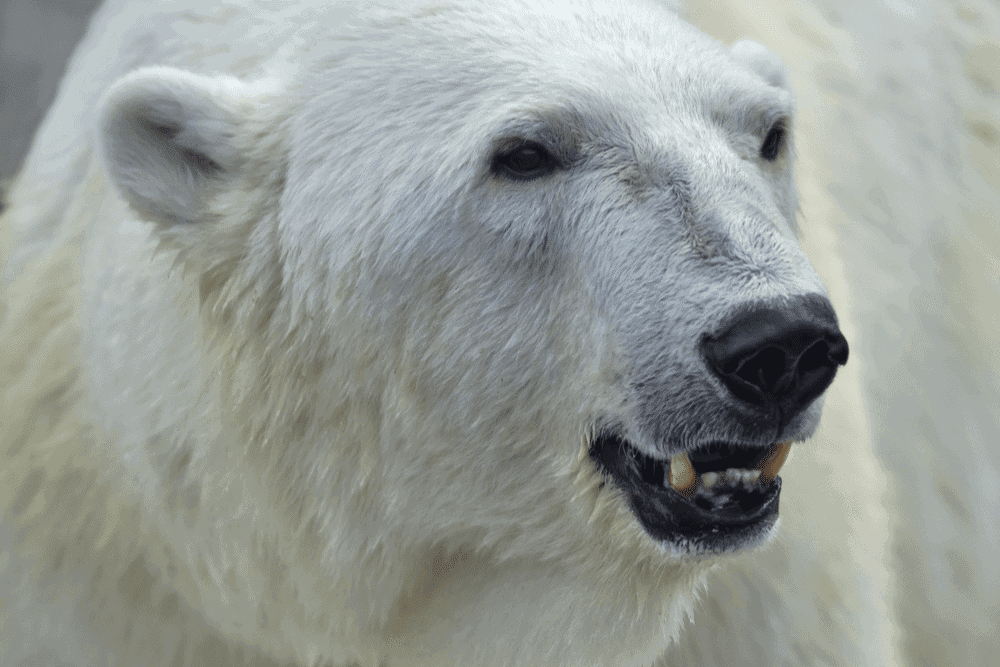
Polar Bears to Be Introduced to the Great Smoky Mountains National Park in 2016
We are excited to report that 5,000 polar bears will be introduced into the Great Smoky Mountains National Park beginning in 2016! The National Park Service issued a press release this morning detailing a five-year plan to transplant polar bears from the Arctic Circle to the Smoky Mountains of Tennessee and North Carolina.
The Polar Bear Relocation Project comes at a critical time for the species. Experts estimate that there are only 20,000 – 25,000 polar bears in the wild today, and population levels are continuing to decline as rising temperatures and pollution put their Arctic habitat in peril. The U.S. Geological Survey predicts that unless drastic action is taken, two-thirds of the world’s polar bears will be gone by the year 2050.
In the National Park Service press release, wildlife biologist Dr. Gregory Goodfellow explains why the Smoky Mountains were selected as the destination for the Polar Bear Relocation Project:
“The Great Smoky Mountains National Park has long been a sanctuary for endangered wildlife. We are very proud of the work done to save the northern flying squirrel and the red-cockaded woodpecker from extinction, and we are confident that the Polar Bear Relocation Project will be met with similar success.”
Dr. Goodfellow goes on to thank the Coca-Cola Company for their $20 million contribution to the project. Polar bears have been featured in a number of iconic television commercials for the popular soft drink since 1993.
Polar Bear Relocation Project Timeline and Details
In early 2016, scientists will travel to Alaska, Canada, and Greenland to capture polar bears who will be immediately airlifted to the Great Smoky Mountains National Park. To avoid disturbing the park’s ecosystem, the bears will be introduced slowly, with a goal of 1,000 polar bears released each year. By the end of 2020, there may be as many as 14,000 polar bears in the park.
While the Smoky Mountains are obviously a very different environment from the Arctic Circle, the area’s cool, moist climate makes it a natural fit for polar bears. The National Park Service has also reached a deal with Ober Gatlinburg to use the ski resort’s snow machines in certain sections of the park, in order to ease the polar bears’ transition to the region.
Although they typically hunt seals, polar bears are noted for their flexible diets. Experts predict that polar bears introduced in the Smoky Mountains will eat a variety of animals, including white-tailed deer, wild turkey, chipmunks, and fish.
Impact on the Black Bear Population
The introduction of polar bears into the Great Smoky Mountains National Park will have a profound impact on the native American black bear population. Scientists predict that over time, the polar bears (Ursus maritimus) will start to mate with the black bears (Ursus americanus), resulting in a brand new species of bear.
Biologists are already calling the hybrid species Ursus ravus, the scientific name for “gray bear.” With the hunting instincts of a polar bear, the tree climbing ability of a black bear, and fur that will blend in with the Smoky Mountain landscape, gray bears are poised to become a “super-predator” in the region. The first generation of gray bears is expected in 2017.
Polar Bear Safety Precautions
With the introduction of polar bears into the Smoky Mountains and the likely emergence of the gray bear, the National Park Service is instituting a number of new safety measures for visitors to the park. Unlike black bears, polar bears are primarily carnivorous and have been known to occasionally stalk humans. However, with a few common-sense precautions, humans can safely coexist with polar bears.
This morning’s press release outlined some of the new guidelines:
- Immediately after a picnic in the national park, dispose of all leftover food and garbage to avoid attracting polar bears.
- Anyone fishing in the national park must first check the stream in question to make sure a polar bear is not lurking under the water. The official procedure for checking a stream is as follows: throw a polar bear treat (available for purchase at national park visitor centers) into the water, hide behind a bush or a tree, and wait for thirty to forty minutes. If a bear does not surface to eat the treat, it is safe to fish.
- When driving through Cades Cove, keep car windows closed at all times. Polar bears are attracted to the smell of gasoline and may approach cars on the loop road. Be sure to drive at a steady rate, so the bears aren’t able to slash your tires with their claws.
- If you encounter a polar bear on a hiking trail, do not make eye contact under any circumstances. The second a polar bear locks eyes with an animal it will single-mindedly pursue its prey for hundreds of miles. Anyone who accidentally makes eye contact with the bear should run away as fast as humanly possible while screaming at the top of his lungs. Don’t stop running until you are indoors, and remember to lock the door behind you.
That’s right, the Polar Bear Relocation Project is an April Fools’ Day joke! While there won’t be any Arctic additions to the national park, the Smokies are already home to an incredible variety of animals. Check out our blog Where and When to Spot Your Favorite Smoky Mountain Wildlife for a complete guide to wildlife viewing in the park.


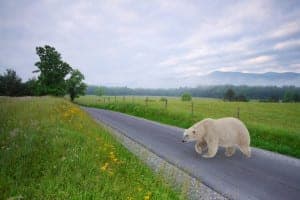
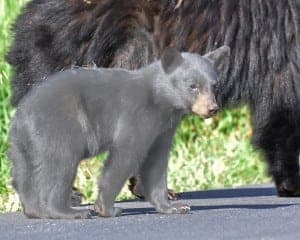
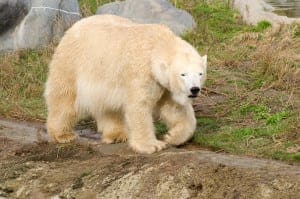
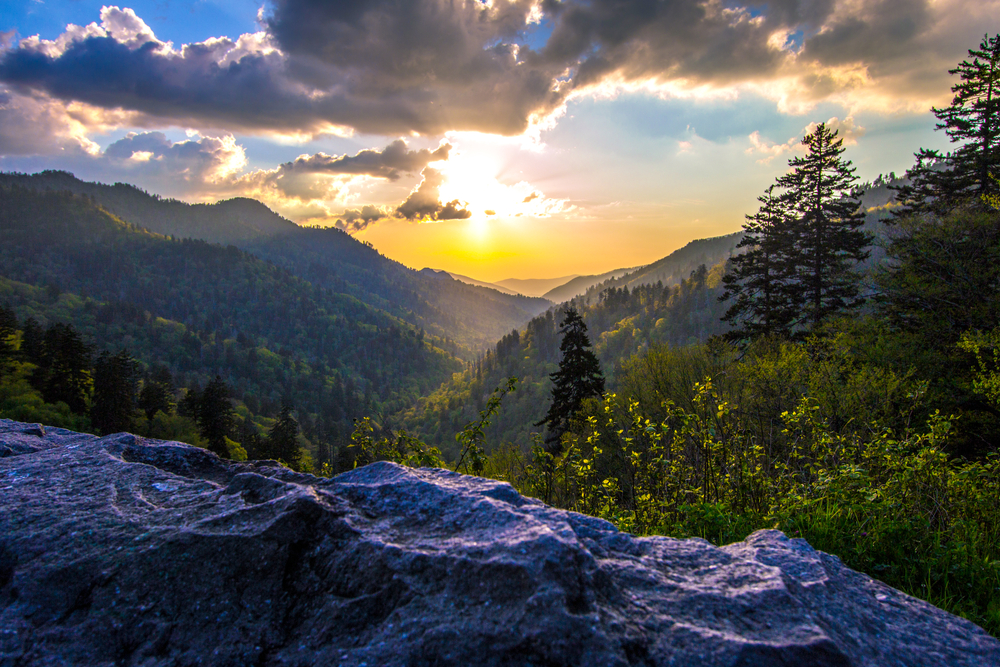
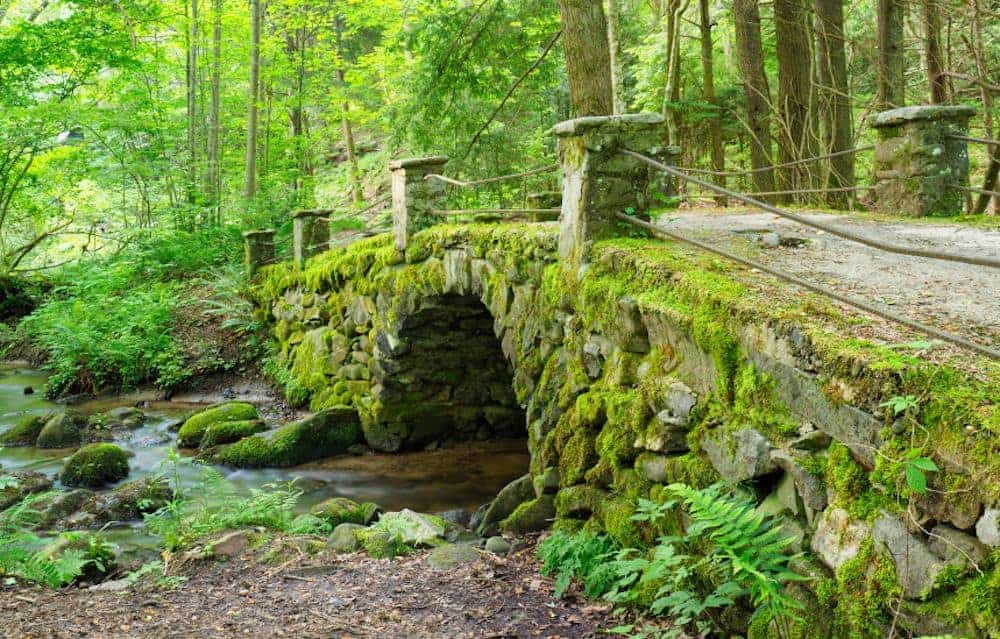
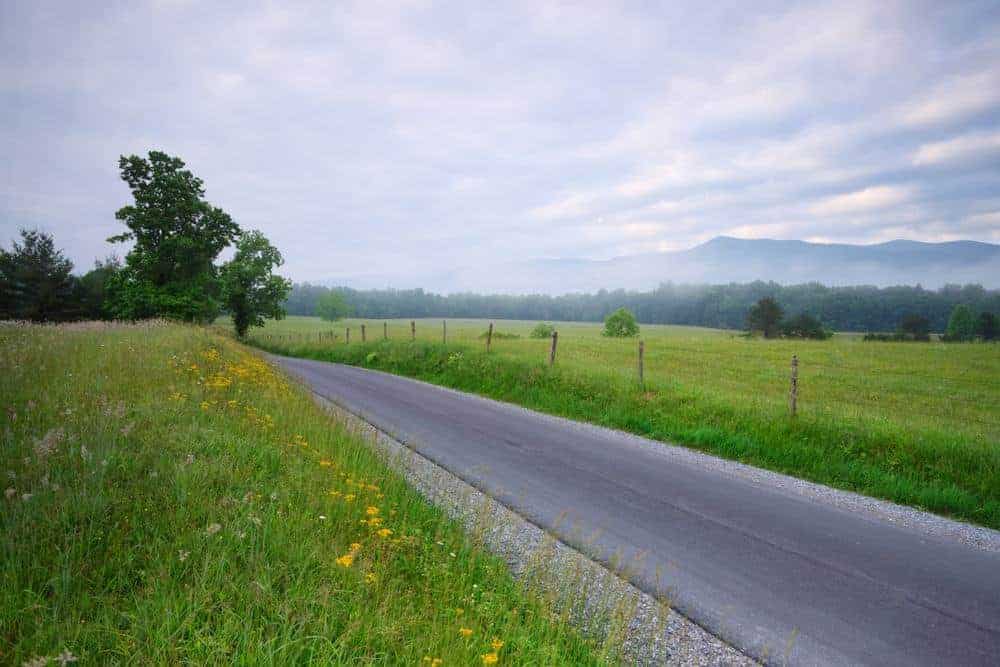
Comments are closed.